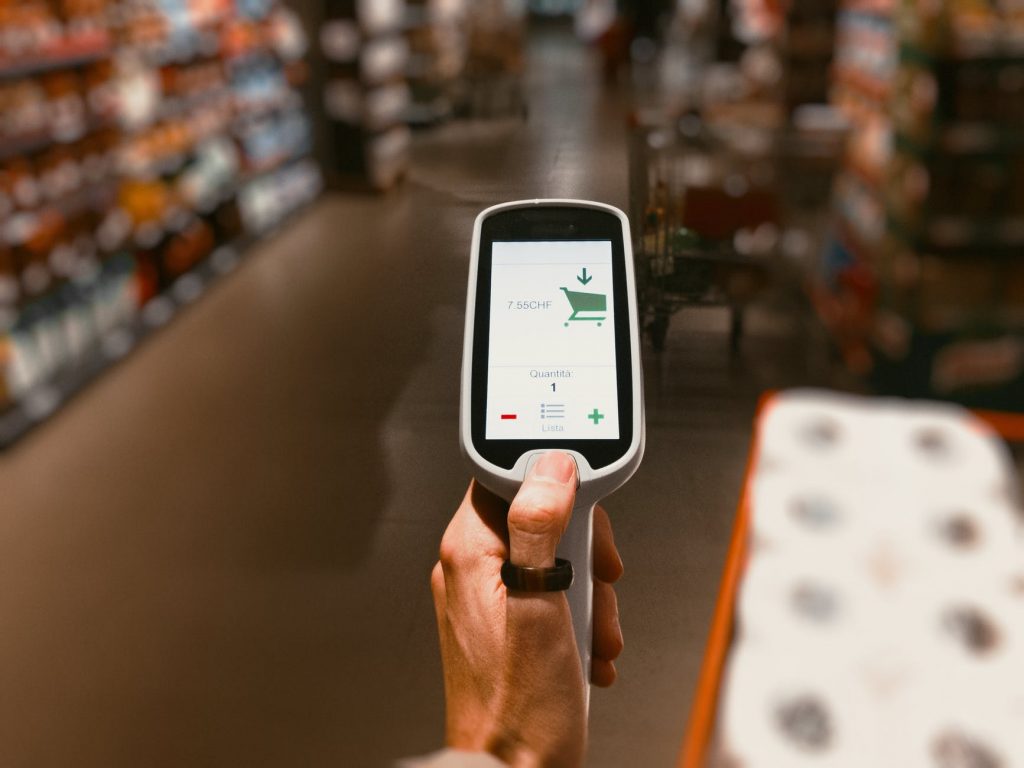Retailers believe they should set the same prices across all selling channels. In reality, channel-tailored prices bring far more benefits.
Showcasing the same prices on the website, in the app, and in-store is a mistake for two reasons. Reason number one: the audiences of different selling channels rarely overlap. Reason number two: each channel has its own role in creating the overall price perception of the retailer.
Online and offline selling channels have different demand reactions, which calls for different prices to ensure better performance.
Let’s talk about online first. Online shoppers compare pricing offers on different websites or price aggregators in near-real-time. The retailer’s physical location plays a zero role here. Put differently, the customer first chooses the product and then the retailer to buy this product from at the best price. Here the lowest price generates more sales regardless of whether the buyer is loyal or not to this particular retailer. Retailers that don’t have the lowest prices appeal to their loyal shoppers exclusively.

At the same time, it’s important to understand that online prices should not be always the lowest. If retailers are ready to spice up online shopping experience with virtual or augmented reality (as some retailers do), they can count on shoppers who become more emotionally involved to spend more money than usual. Hence, they can set higher prices.
Another question which may bother retailers is whether they should be concerned with marketplaces. Indeed, marketplaces may become a menace to profit and revenue. However, before putting time and money into fighting marketplaces, retailers should check whether marketplaces impact their businesses in reality. To do that, they need to evaluate the way the price dynamics of marketplaces impacts their sales.
In offline, the situation is different. Firstly, most stores owned by competing retailers are separated geographically. This means that shoppers that frequent one particular shop rarely know the prices somewhere else.
Secondly, an offline buyer has other needs and characteristics than an online shopper. Offline consumers are usually loyal buyers of this particular chain. What’s more, they expect to get a certain customer experience in addition to a purchase per se — like eating out in grocery shops or playing with VR in clothing stores.
This means that offline purchases cannot be analyzed out of context. Otherwise, they would not show the price sensitivity of this particular buyer since the decision to shop at a particular offline retailer is affected by more factors than just price. Offline shoppers see their purchases as an experience for which they would or would not pay more. That’s why the same product can have different demand elasticity in discounters, hypermarkets, and supermarkets, let alone online shops.

All of this brings us to the fact that, in general, online and offline selling channels have different demand elasticity. A successful pricing strategy should factor in this knowledge. Channel-tailored prices would help different channels deliver maximum value. For example, traffic-generating may have lower prices, while revenue-generating channels may sell at higher prices. Combined, these strategies will help businesses reach their goals in the most effective way.
Knowing is nothing without execution, though. Retailers need the means to craft and apply successful strategies. Demand-based pricing requires near real-time pricing decisions and the ability to collect and process huge amounts of data extremely quickly. Small retailers theoretically can do this manually as they do not have that many competitors and products to analyze. Meanwhile, larger retailers with thousands of items and dozens of rivals to monitor cannot do without a dedicated big team of data scientists or special pricing software. Luckily, the market offers both options.

To recap, setting identical prices across all selling channels means lost opportunities for retailers. Such an approach negates the potential of every channel to generate the most value possible for the retailer. That’s where demand-based pricing should jump in. It allows for defining the role of each channel, calculating the right prices for online and offline, and eventually reaching business goals.
Author Profile

- Blogger by Passion | Contributor to many Business Blogs in the United Kingdom | Fascinated to Write Blogs in Business & Startup Niches
Latest entries
 Health & BeautyJune 24, 2025Beyond the Pill Bottle: 4 Pharmaceutical Packaging Innovations Making Medicine Safer and Smarter
Health & BeautyJune 24, 2025Beyond the Pill Bottle: 4 Pharmaceutical Packaging Innovations Making Medicine Safer and Smarter Business AdviceJune 23, 20257 Smart Ways London Exporters Can Navigate Customs Paperwork
Business AdviceJune 23, 20257 Smart Ways London Exporters Can Navigate Customs Paperwork EntertainmentJune 13, 20258 Benefits New Casinos Offer Players Over More Established Ones
EntertainmentJune 13, 20258 Benefits New Casinos Offer Players Over More Established Ones BusinessMay 9, 2025The Data-Driven Future of Online Services in the UK
BusinessMay 9, 2025The Data-Driven Future of Online Services in the UK


